I am trying to analyze the graph constructed with networkx having around 7000 nodes. When I plot the degree distribution there are nodes that are far away from the fitted power law as shown in the attached plot. This means the network is not scale-free (to my understanding). I am trying to analyze this network by using various parameters such as Degree, clustering coefficient, betweenness centrality, and many others. Does analyzing such networks with these parameters is acceptable? I try to find some examples of analyzing networks that are not scale-free but no luck so far. Any suggestions and pointer for such examples would be really great. In addition, some differences in network characteristics of scale-free and non-scale free networks would be very helpful. Thanks in advance.
Asked
Active
Viewed 102 times
-1
hemanta
- 1,405
- 2
- 13
- 23
1 Answers
0
1. What type of model did you constructed? Did you use a data from a file?
2. What do you want to check?
Models such as Watts-Strogatz (https://en.wikipedia.org/wiki/Watts%E2%80%93Strogatz_model) is also no scale-free :
'They do not account for the formation of hubs. Formally, the degree distribution of ER graphs converges to a Poisson distribution, rather than a power law observed in many real-world, scale-free networks.[3]'
WS is a 'small-world' network. It is characterized by high clustering coefficient. Why you think you can't analyze it?
Donka
- 48
- 6
-
Hi Donka, Thank you so much for your response. I use networkx to construct the graph and is visualized by using Gephi (Force atlas 2 algorithm). Yes, the graph was written in a file as columns with "source", "target", and weight of the edges. I am new to this os I just wanted to make sure I am doing it in the right way. Whenever I search I only found scale free networks. Thanks alot for the link. – hemanta May 11 '20 at 13:42
-
If you want to study networks, I recommend: "Networks: An Introduction" Mark Newman. – Donka May 11 '20 at 13:54